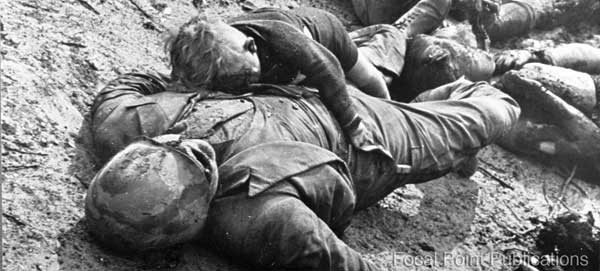Minister for Veterans’ Affairs pro tem* Michael McCormack reminds us that today marks the 76th anniversary of the bombing of Darwin in February 1942. Around 400 people were killed in Darwin and in later raids on other northern towns.
 SS Barossa on fire after Darwin bombing (SMH/Fairfax archives)
SS Barossa on fire after Darwin bombing (SMH/Fairfax archives)
Meanwhile, the Northern Territory government has announced it will spend $1.9 million on ‘cementing the NT as a Military History destination’. This is part of a set of new initiatives under the heading ‘Turbocharging tourism’. ‘Military history is a big draw card for tourists and we have an incredible story to tell – this funding will allow us to promote our story’, Ms Moss [the Minister] said. ‘We want military history visitors to see Darwin and the NT as the ultimate pilgrimage destination in Australia.’
To put the Territory’s new spending in context, here is our post from last year (75 years on), which links to our even earlier posts on Anzackery, Darwin style. Last year we said:
The Darwin bombing was a tiny part of World War II and a small part even of Australia’s war (except in that it touched our shores). Yet we – or those of us in the Northern Territory or those wanting to be popular up that way – have made an awful lot of it. [Then Chief Minister Giles referred in 2015 to ‘the deaths of thousands of people’ in the Japanese raids. Hyperbole in the tropics.]
We’ll stick with that summary.
To put today’s tropical remembrance of bombing in another context here is a summary of other significant World War II bombing, compared with Darwin (again taken from our 2017 post).
- Darwin: 19 February 1942: about 240 killed, 300 to 400 injured;
- London Blitz: 29 000 civilians killed between September 1940 and May 1941, with significant death tolls most nights, for example, 430 on the first night, 7 September 1940;
- Coventry Blitz: 568 civilians killed, 14 November 1940;
- Stalingrad: 25-40 000 civilians killed, 23 August 1942;
- Hamburg: 42 600 civilians killed, 24-30 July 1943 (more than the total number of Australians killed in World War II);
- Tokyo: 88-100 000 civilians killed, 9-10 March 1945 (at the top of this range, close to the total deaths of Australians in all overseas wars);
- Hiroshima: 50-60 000 civilians killed, 6 August 1945;
- Nagasaki: 35-40 000 civilians killed, 9 August 1945.
Every death in war is a tragedy but there were many more tragedies in the bombing of places in the world other than Darwin. It’s just that Australian commemoration – particularly the official version of it – doesn’t take much notice of them.
The final chapter of The Honest History Book makes the point that the impact of all our wars on Australia ‘pales beside the overall global impacts. Yet we act as if it does not – and that is national narcissism. If we are ever to value humanity as a whole, we need to cease [as Meanjin magazine’s Jonathan Green says] “setting Australian life and sense of loss above this common muddle of bones and blood”.’ If Minister McCormack stays in the job perhaps he could make it his business to broaden our commemorative focus.
The Bombing of Darwin Day has been a national day of observance since 2011. The Northern Territory Government will recognise the anniversary by conducting a National Day of Observance Commemorative Service in Darwin today.
 After the bombing of Hamburg, July 1943 (The Truthseeker/Focal Point)
After the bombing of Hamburg, July 1943 (The Truthseeker/Focal Point)
* The Minister has been touted as a possible new leader of the National Party. Should he be elevated, he would be unlikely to retain the Veterans’ Affairs-Centenary of Anzac portfolio. Watch this space.
19 February 2018

